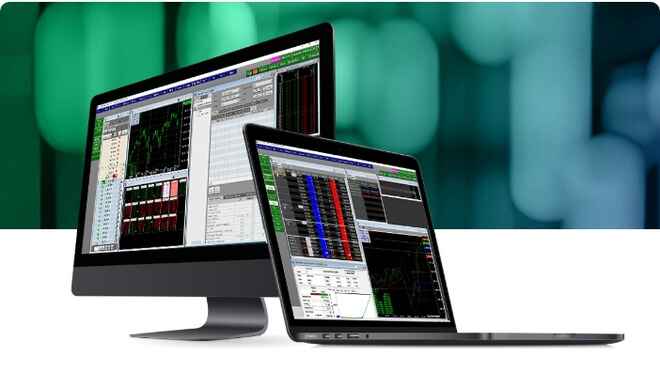Silver Futures Markets
Silver futures trading is the act of trading silver in a measurement of dollars and cents per ounce. Silver is one of the most popular and useful metals in the world. The majority of silver is mined in Latin America and consumption is spread all over the world. The global influence of silver futures makes the contract a large-scale financial commodity.
Much like any type of futures trading, silver futures trading involves the exchange and purchase of an exchange traded contract in which the buyer agrees to purchase a certain quantity of silver for a specified price from a seller to be delivered on a predetermined date. Much like other futures contracts, while you are dealing with real silver on paper, physical delivery rarely happens.
Silver Futures – Contract Specs
| Contract Symbol | Contract Units | Price Quotation | Trading Exchange | Trading Hours | Tick Value |
| SI | 5,000 troy ounces | U.S. dollars and cents per troy ounce | CME GLOBEX | 18:00 – 17:00 | 0.005 per troy ounce = $25.00 |
How Do I Invest in Silver Futures?
Silver futures are listed on numerous exchanges and are traded everyday by tons of people. The best way to start trading futures is to get in touch with one of our expert Senior Market Strategists. They can talk you through the complexities and help you find entry and exit points. Because you are dealing with such large quantities and high potential of loss or gains, it is highly recommended to receive some guidance before you start trading.
Investing in silver futures is not always right for everybody, but for a lot of people it can provide a good and safe investment. One of the reasons to invest in silver is price and accessibility. Silver is relatively cheap compared to gold and offers an easily bought and sold futures contract. Another reason to invest in silver is the upside availability in times of uncertainty. During volatile times, investors often flock to precious metals like gold and silver, and because the silver futures market is much smaller than the gold futures market, the price of silver will often shoot up by quite a bit during times of economic uncertainty.
Silver Futures Facts
The cost of a silver futures contract is always fluctuating depending on a number of market influences. Some days it can cost more, some days it will be less. The one the thing that doesn’t change is the size of a futures contract. A full silver futures contract is an order for 5,000 troy ounces of silver to be tracked in dollars and cents per ounce. One of the benefits to these contracts is the amount of leverage it affords the trader. Let’s say a silver is trading at $28/oz. That means a full silver contract would be worth $140,000 ($28/oz x 5,000 ounces), however the trader would only be required to put of a fraction of that $140,000 in order to control that contract, we call that fraction “margin”. The margin allows the trader to control a large amount of silver, for a relatively small amount of money up front, giving them leverage.
Trading Silver Futures
While we have only mentioned silver futures thus far, there are several other ways to get involved into the silver market. One way to invest in silver is buying a physical amount outright. This is known as bullion. This way is simple and sweet, it allows you to maintain total control. While you are exposed to volatility, you do have the ability to sit on the silver and sell when the market gets hot.
The next way you can invest in silver is of course by buying or selling silver futures. This strategy allows the investor to lock in value in the future. You are also able to control a large amount of silver for a fraction of the price.
Another way to invest in silver is through the purchasing of ETFs. ETFs are a bundle of funds that are traded on an exchange, and this avenue allows you to expose yourself to a number of different funds without having to be all-in on every single one of them. This strategy gives the trader an large amount of liquidity and is therefore one of the most popular ways to invest in silver.
The final way to invest in silver is through the investing in stocks and funds of silver mining or distribution companies. These funds are easy to track because they usually track very closely to the actual market value of silver because they rely on supply and demand. However, you are exposed to other corporate threats that you aren’t exposed to in something like silver futures or physical purchase.
All-in-all it is up to the trader to decide which silver investment strategy works well for them. Every individual is different and what works for somebody, might not work for another. Again, we strongly encourage traders to reach out to one of our Senior Market Strategists and they can assist you and talk you through your different options. Silver futures are traded on the following exchanges:
- Commodities Exchange (COMEX), a member of the CME Group. On this exchange, the standard silver futures contract represents 5,000 troy ounces
- London Metal Exchange (LME): The LME offers silver forwards curve data to any investor interested in signing up. Investors will be able to see one-week forward curves as well as 1, 2, 3, 6, 9, 12, 24, and 36 months forward.
- Multi-Commodity Exchange (MCX): As of 2011, the MCX was ranked number one for silver trading as it offers two different contracts. The standard silver futures represent 30 kg and trade in March, May, July, September and December. The MCX is based in India.
Silver futures follow the price of gold. As gold rises and falls, so do silver futures. Silver futures represent another method that investors use for hedging currency risk through precious metals as the dollar weakens.
RJO University
Gain the knowledge and skills to trade futures with confidence. Access in-depth guides, market analysis, and actionable insights. Whether you’re a novice or seasoned trader, our century of industry experience empowers you to navigate complex markets and make informed decisions. Start your journey with RJO’s trusted expertise.
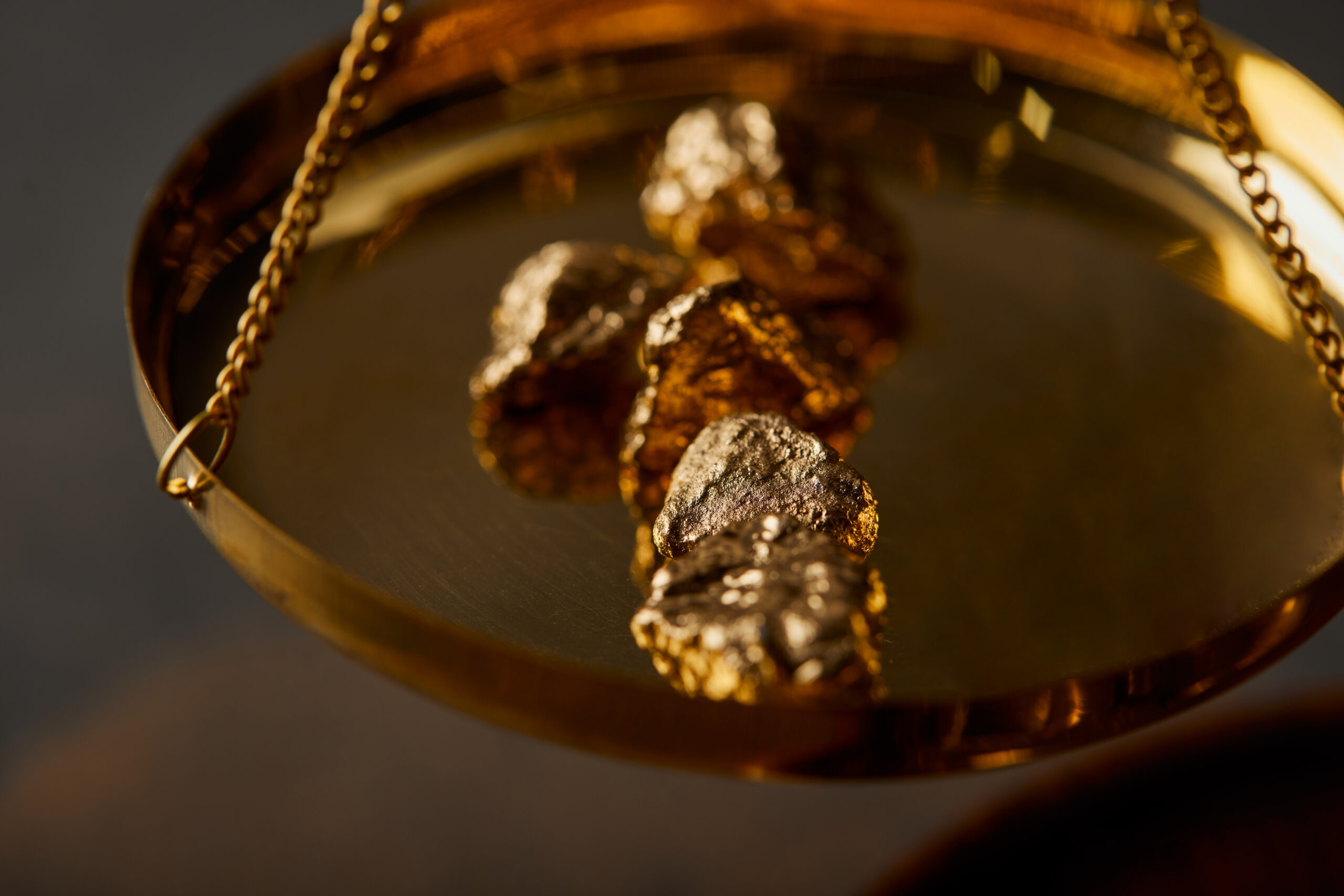 Fundamental Analysis
Fundamental Analysis
Navigating the Precious Metals Market: A Guide to the Gold and Silver Investor Kit
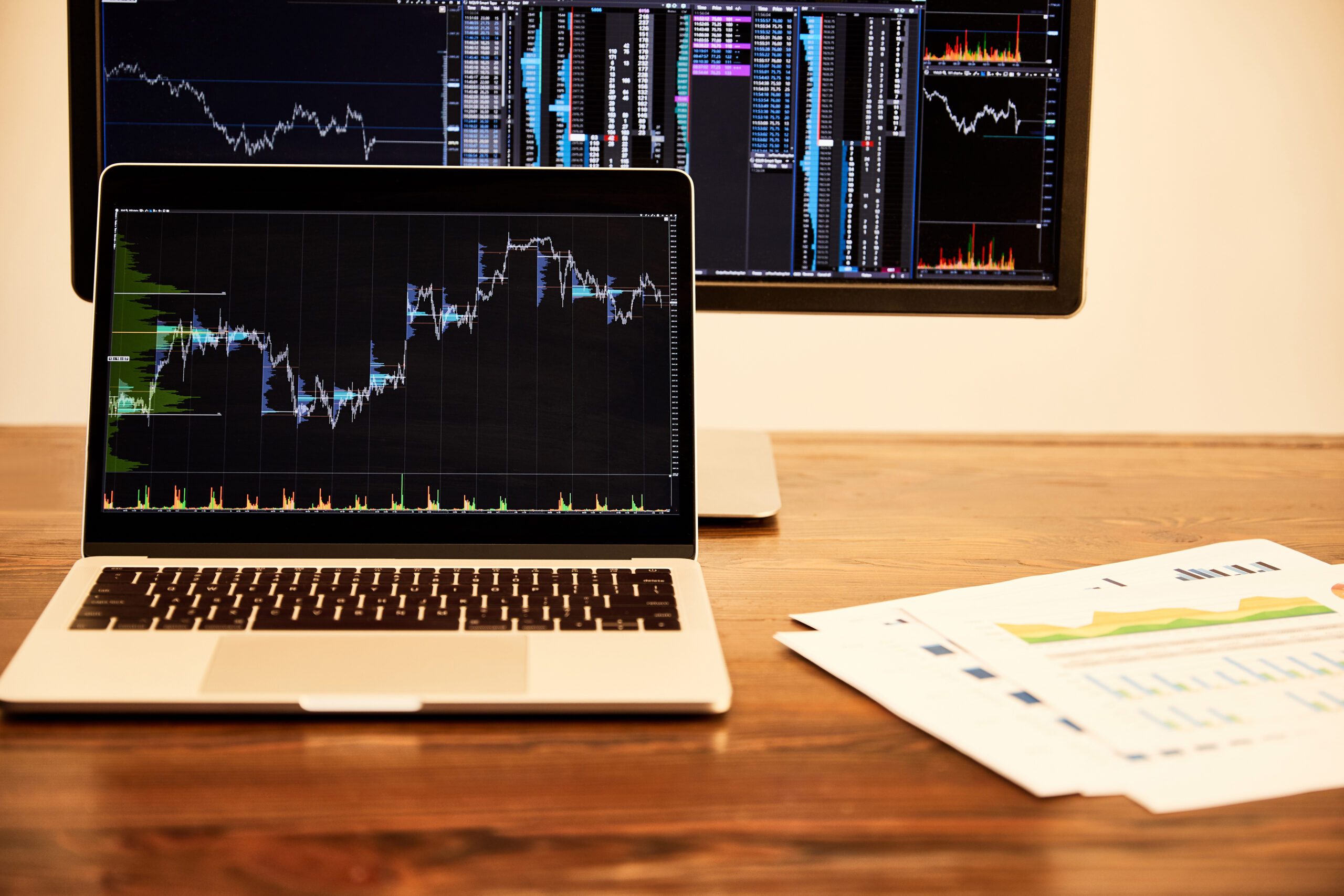 Agriculture Futures
Agriculture Futures
Fundamental Economic Reports
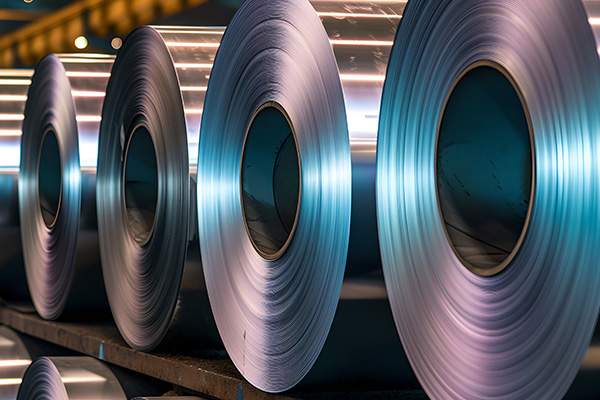 Copper Futures
Copper Futures
The Top Reasons You Should Invest in Metals Today
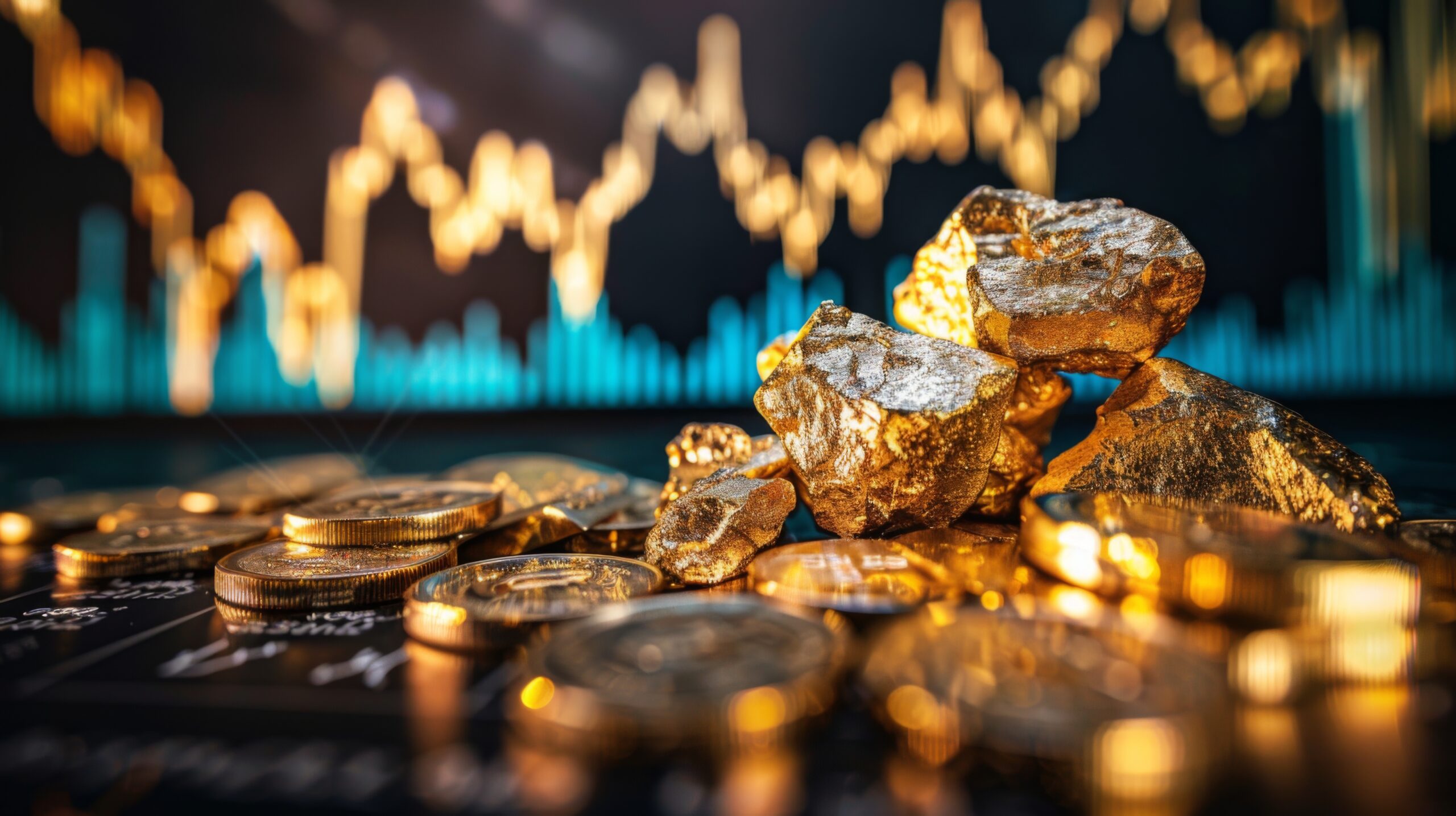 Fundamental Analysis
Fundamental Analysis
